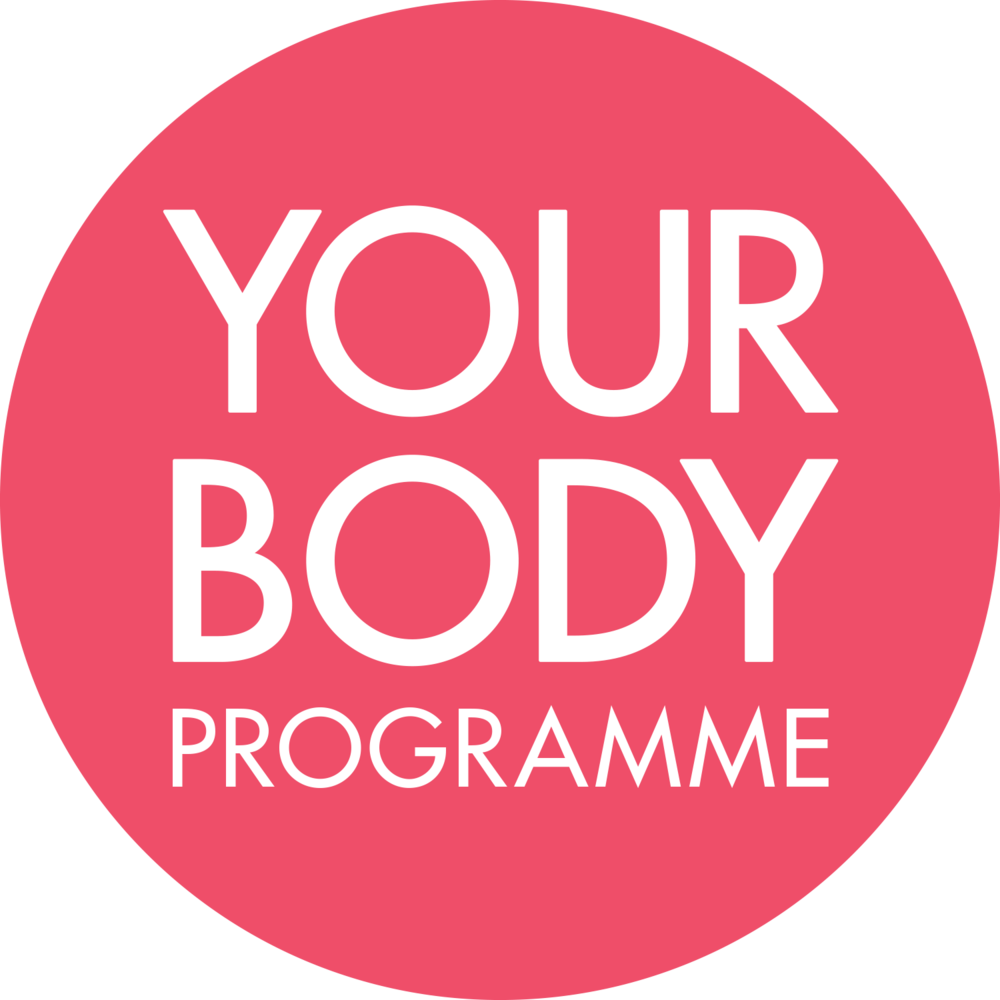sitting down?
Stand up then, it could save your life!
Are you one of the millions of people that spend their day sitting down? Whether it’s at your office desk, travelling on the tube, driving your car or watching television...beware! Long periods of sitting maybe a killer! Scientists have identified a new threat from people’s sedentary lifestyles that they call “muscular inactivity”.
How sitting affects your posture
Sitting has always been regarded as bad for your posture. Here's a quick anatomy lesson to explain why sitting affects your posture.
It is physically impossible to maintain perfect posture for your entire seated day whether at work or home. Sitting invokes something that is known as the “Double Flexed” position. Your body is flexed at the hip and the knee joints.
Flexion is an anatomical term used to describe bending or decreasing the angle at a joint when it moves. When we are standing upright, both our hip and knee joints are at a 180-degree angle. When we are seated, both the hip and knee joints are held at 90-degree angles.
The biggest issue with a constant state of flexion (i.e. sitting) is that the muscles that cross over the hip and knee joints on the shortened side of the angle become short and tight (i.e. hamstrings, hip flexors). This often causes a muscular imbalance within the body, thus affecting your posture.
Consequently the balancing muscles on the other side of the hip and knee joints become longer than normal creating a weakness as a result.
Not only does this affect the hip and knee joints, the back and spine can also become problematic.
Studies have also been conducted that document an increase risk of disc herniation in those who perform sedentary jobs characterised by sitting.
This isn’t the only problem with sitting. Recent studies have shown that sitting still for long periods of time leads to the build up of substances in the blood that are harmful to health.
Millions of people lead sedentary lives, spending their days between car, tube, office desk and the couch. While the ill effects are well recognised, it has conventionally been thought that they can be offset by frequent trips to the gym, swimming pool or running.
Keep moving
Researchers are now saying that this is not enough. In addition to their regular exercise, people need to keep moving while they work. Whether to make a trip to the printer, coffee machine or talk to a colleague, getting up and moving every 45 minutes will help.
A recent article in the British Journal of Sports Medicine by Elin Ekblom-Bak and colleagues from the Swedish School of Sport and Health Sciences and the Karolinska Institute in Stockholm say research shows long periods of sitting and lack of “whole body muscular movement” are strongly associated with obesity, heart disease, cancer and diabetes, and an overall higher risk of death, irrespective of whether they take moderate or vigorous exercise.
“One study compared two groups of sedentary office workers, one of whom had regular breaks to move around while the other remained sitting for up to eight hours a day. The group that had the breaks had better blood lipid levels and blood glucose and less obesity.”
A second study from Australia showed that for every extra hour women spent sitting (watching TV), their risk of metabolic syndrome - a pre-cursor of diabetes and heart disease, increased by 25%, regardless of how much exercise they took.
As technology evolves and products are released to make our lives easier, it also makes us lazier as humans.
From computers, mobile phones, the World Wide Web and remote controls for example, all of these tools give us the ability to stay in one spot and work, communicate and control our lives. We literally don’t have to move all day but can still get through a whole day of work.
As humans we were all built to walk, run, squat and jump. Sitting down all day is detrimental to our health.
So next time your sitting down at your desk, staring at your laptop or watching TV…. GET UP!!
Walk around the office, stretch your legs, get up and change the channel on the TV. Not only will it give you a break, it might just be saving your life.
For further information or ideas on what exercises you could do at your desk, please don’t hesitate to contact myself and the jolt team.

